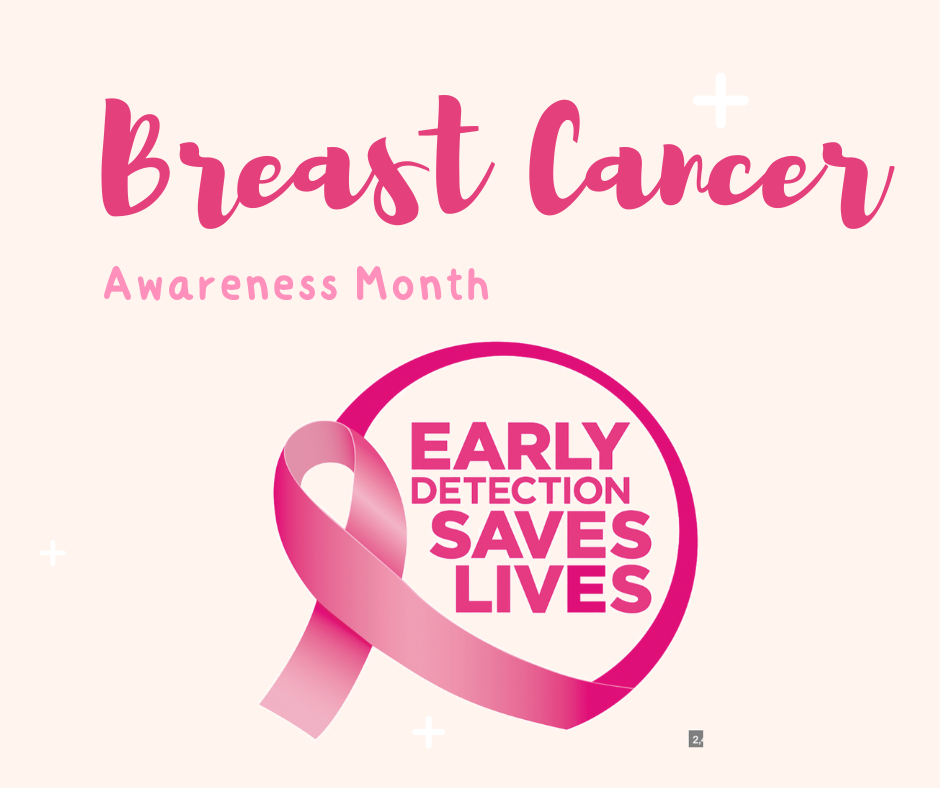by Mary Adams, AWC The Hague and Human Rights Co-Chair
Normal aging is a challenge for women. It is about watching your body shape slowly rearrange itself. It is about becoming more interested in exercise, nutrition, vitamins and face creams. The one thing that we all hope for is to grow old with a certain grace and beauty that we can claim from our younger years. However, one out of eight women are faced with the challenge of breast cancer. These women are your co-workers, your friends, your sisters, your mothers, and me. Each of us has a story about surviving cancer and growing old with caution and developing a new kind of body awareness and care.
 My story began in May 2020. While the rest of the world was battling COVID-19, I found a lump in my left breast. I was diagnosed with ER-positive Ductal Carcinoma in Situ (DCIS). This means that the cells that line the milk ducts are cancerous, but not invasive. I had five surgeries in two years: lumpectomy, mastectomy, breast reconstruction, exchange surgery, and liposuction. The latissimus dorsi muscle is a large, triangularly shaped muscle in your back that helps you do things like pull-ups, swimming, golfing, and even breathing. For my reconstruction, the surgeon cut the latissimus dorsi muscle and then slid an oval section of the muscle tissue through a tunnel under my skin to form a breast shape. Then she placed a tissue expander over the muscle and sewed a flap of skin over the top. Think of it as a place saver for the exchange surgery when the expander is removed and the implant put into place.
My story began in May 2020. While the rest of the world was battling COVID-19, I found a lump in my left breast. I was diagnosed with ER-positive Ductal Carcinoma in Situ (DCIS). This means that the cells that line the milk ducts are cancerous, but not invasive. I had five surgeries in two years: lumpectomy, mastectomy, breast reconstruction, exchange surgery, and liposuction. The latissimus dorsi muscle is a large, triangularly shaped muscle in your back that helps you do things like pull-ups, swimming, golfing, and even breathing. For my reconstruction, the surgeon cut the latissimus dorsi muscle and then slid an oval section of the muscle tissue through a tunnel under my skin to form a breast shape. Then she placed a tissue expander over the muscle and sewed a flap of skin over the top. Think of it as a place saver for the exchange surgery when the expander is removed and the implant put into place.
It was easy for me to make the choice for reconstruction. The actual recovery journey was more difficult because of the mastectomy plus the loss of the latissimus dorsi muscle. One of my biggest challenges was trusting my body and regaining balance by training other muscles in my back to perform normal arm movements. I found a statistic stating only 40% of women who have had a mastectomy opt for breast reconstruction. In over two years of care, my hospital staff could not find another woman who had a reconstruction to act as a coach for me. That made me feel even more alone and isolated than the applicable COVID-19 restrictions of that time. I was uncertain about everything and constantly worried.
Our society includes breasts in the concept of beauty. Not only are they reproductively functional, they also are symbols of femininity and sexuality. The thought of losing a breast is like breaking off the cross bar on the female symbol. Your entire physique is changed, your concept of sexual self is altered. Thoughts run wild and spread wildfire as they go. We think of the worst scenarios. We try to envision the best scenarios. But the script is missing. We need to make new choices and decisions. We need to find a new normal.
Creating my new normal was not only about the changes that surgeries made on my body but also about the changes in my thinking about my body. It was about not letting physical limitations and uncertainties hinder my recovery goals. It was an acceptance that my body needed time to heal and refused to be rushed. It was knowing that there is strength in asking for help. I still refer to the reconstruction as my “Frankenstein.” So, even four years later, I still have work to do to embrace this implant as a part of me. Mostly, it is about not letting cancer be my entire life story, but merely a chapter. As Susan Statham recommends, “Your life is your story. Write well. Edit often.”
Definitions:
- Lumpectomy: surgery to only remove tumor and a margin (a small rim of normal tissue around the tumor). It leaves most of the breast skin and tissue in place;
- Mastectomy: surgery to remove the whole breast, which may include the nipple, areola and skin over the breast.
- Breast reconstruction: surgery to recreate breasts after a mastectomy. using artificial implants or your own tissue.
- Exchange surgery: typically using the same incisions from the mastectomy, removing the tissue expander and replacing that with the permanent breast implant.
- Liposuction: is a body contouring procedure that is used to remove fat from different parts of the body.
- Sources:
